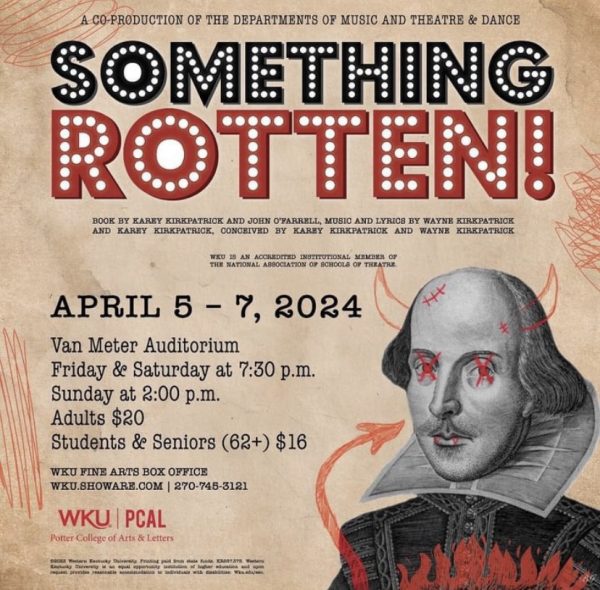The Reel: Man of Steel finds its kryptonite, still soars
June 18, 2013
“Look! Up in the sky! It’s a bird! It’s a plane!”
It’s Superman like you’ve never seen him before!
This week, 300 director Zack Snyder brings us Man of Steel, a highly-anticipated re-imagining of Superman from screenwriter David S. Goyer (The Dark Knight) and producer Christopher Nolan (Inception, The Dark Knight).
A baby from the dying planet Krypton is sent to Earth by his parents (Russell Crowe, Ayelet Zurer) in the wake of a coup d’etat by Krypton’s ruthless military leader General Zod (Michael Shannon), who wants the baby in order to begin colonizing another world. The child crashes in the corn field of Kansas farmers Johnathan and Martha Kent (Kevin Costner, Diane Lane respectively), and in turn the Kents raise the abandoned alien child as their own.
As the child grows up, he begins to hone his superhuman abilities, much to the chagrin of townsfolk like Mrs. Ross (Heidi Kettenring), who asks questions as to how one boy was able to drag a sinking school bus full of kids, including her son, to safety. Soon the boy, Clark, realizes that he is not a child of Earth and that he must keep his extraterrestrial heritage a secret, even though he owes it to himself to one day find out the reason for his placement on Earth, as his father says.
When Clark grows into a young man (Henry Cavill), he finds a Kryptonian ship buried in ice while working with an excavation crew and uses the ship to finally discover his purpose – to protect Earth and serving as an ideal of hope and good for the humans. Clark’s new mission is put to the test when Zod threatens to destroy Earth in order to make way for a new Krypton.
It’s an origin story that audiences have seen before in 1978’s Superman: The Movie and 2006’s Superman Returns. But this time around, Snyder, Nolan and Goyer have cranked up the action while also trying to humanize Superman in a way similar to that of Batman in Nolan’s Dark Knight trilogy.
For the most part, it works. Man of Steel is a blast, but it isn’t quite the next The Dark Knight.
It was surprising to see the movie shift from Superman’s short time as baby Kal-El on the planet Krypton to him being bearded and full grown working in conditions one might see in an episode of “Deadliest Catch” in the very next scene.
To cover the backstory that appears to be skipped over, the scenes featuring Kal-El growing up in Kansas as Clark Kent are presented mostly as daydream sequences, bouncing back and forth between Clark finding his way as Superman and finding his way as a child.
Those sequences with him as a child are where Man of Steel is strongest. The drama is thick, with Clark constantly treading a thin line between maintaining his human facade and revealing his superhuman abilities to the world, questioning himself every step of the way. It’s fascinating, and the acting performances featuring Costner and Lane as Clark’s human parents and Dylan Sprayberry as Clark at age 13 are stellar.
Sadly, Man of Steel undercuts itself once Zod invades about a third of the way into the movie. This is where the action really picks up. A flurry of Transformers-grade destruction and good-looking CGI make the spectacle of the action scenes both believable and satisfying.
Having said that, there’s a noticeable shift in tone and focus when Superman wraps up an epic, high-flying fight scene with General Zod and then flashes back to his humble beginnings in Smallville, Kansas. By cutting between the non-stop Superman action and his days as a child, Snyder allows his film to shift tone and focus constantly. There’s no consistency to be had here, and that’s what proves to be Man of Steel’s kryptonite.
Otherwise, the movie itself is a whole lot of fun. Henry Cavill (Immortals) proves to be a wonderful Superman, despite a few creative liberties with the suit that purists may not appreciate. No red underwear this time, folks.
As Superman, Cavill brings a brooding presence while still maintaining much of the small-town charm he was raised with in Kansas. He feels like the people’s hero; like a human who decided to step up and face the aliens at Earth’s door regardless of his own abilities.
The supporting cast includes Amy Adams as Lois Lane, an intrepid reporter for Metropolis’s Daily Planet newspaper whom Adams feels spot-on as, Russell Crowe in another brooding turn as Kal-El’s father, Jor-El, a role previously held by Marlon Brando, and Laurence Fishburne as Perry White, the editor-in-chief of the Daily Planet.
In the end, there’s no denying that Man of Steel is big on spectacle. It’s still about as good as a Dark Knight-take on Superman should be while still delivering on the high-flying action that fans have waited to see for years. Strong CGI makes the action scenes believable while they play out just long enough to each be very satisfying. The level of intensity had my heart racing.
That being said, I still prefer the scenes with Clark growing up in Kansas and questioning who he really is. That’s where Man of Steel’s real drama is, and the actors in these scenes make them just as fun to watch, if not more so, than the action sequences. The filmmakers truly managed to humanize Superman.
But Man of Steel finds its kryptonite with inconsistencies in focus and constant tonal shifts. It’s like Snyder couldn’t decide whether to tell a riveting human drama or show us the special effects budget in classic blockbuster fashion. Trying to tell two stories at once doesn’t quite work here.
The strong drama of the Kansas scenes feels undermined by the gratuitous blockbuster spectacle of the later scenes, even though those gratuitous blockbuster scenes are consistently gripping. Overall, Man of Steel is still one of the better films to be released this summer, and one that should be seen on the big screen before it soars away in order to witness the epic action as it was meant to be seen.


















![Megan Inman of Tennessee cries after embracing Drag performer and transgender advocate Jasmine St. James at the 9th Annual WKU Housing and Residence Life Drag Show at Knicely Conference Center on April 4, 2024. “[The community] was so warm and welcoming when I came out, if it wasn’t for the queens I wouldn’t be here,” Inman said.](https://wkuherald.com/wp-content/uploads/2024/04/smith_von_drag_3-600x419.jpg)






